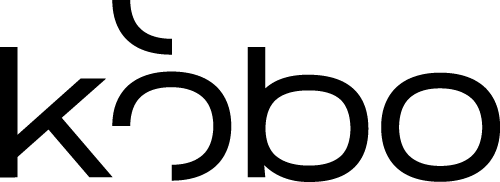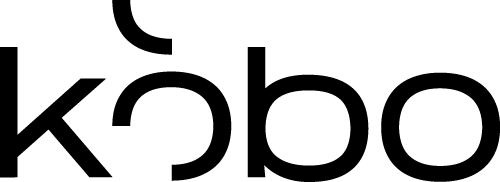No products in the cart.
Trends in Contemporary Painting
by Alexis Culotta
If art is a reflection of its time, then the art of today is a reflection of the dynamism of contemporary existence. New ideas and new technologies all encourage art’s ongoing evolution, leaving one to scramble to keep up with it all. This article is here to help navigate this consistently changing field by identifying some of the top trends in contemporary painting. From auction accolades to emerging techniques, the approach of these artists reflect both the diversity and the brilliance of contemporary art.
The Endurance of Abstract Expressionism
Any avid auction attendee or gallery goer will tell you that abstraction is still alive and well in the field of contemporary painting. From the days of Jackson Pollock’s drips and Mark Rothko’s fields of color, painters continue to carry forward the mantel of expression through abstract line and color. Some the most masterful in the field are those who have been painting for a while. For example, Robert Ryman’s 1962 painting Untitled set a new record at a 2006 Sotheby’s New York auction when it sold for more than $9 million. New artistic voices are also emerging, however, with figures like Werner Szendi and Roula Chreim translating abstraction of the past into the expression of the future.
Cultural Commentary Continues
No doubt leaving Andy Warhol posthumously proud, the themes of 20th-century Pop Art still resonate in contemporary painting as well. From Richard Prince’s relatively recent Nurses painting series that channels the covers of old pulp fiction novels – Overseas Nurse (2002) from the series set a record price of $8.5 million at auction in 2015 – to emerging artists like Kaleo, these artists prove that the imagery of our world can be an endless source of artistic inspiration.
Magnificent Mixed Media
From the days of Pablo Picasso’s first foray into collaged Synthetic Cubist works, artists have melded varying media into striking new forms. This merger has become even more captivating as new technologies, such as 3-D printing and digital design, and new sources of inspiration have appeared. Rising artist Kim Oberoi, for example, blends precise design with the organic asymmetries of coffee stains in some of her recent works. Other figures, such as William Gerges, look to quotations of contemporary culture with an artful collage of commentary. As these burgeoning artists attest, the potential produced through mixing media is virtually boundless.
Where to Start?
While the art world becomes increasingly complex each day, it can be almost overwhelming to contemplate where and when to start a contemporary collection. Take heart in the one certainty of the ever-changing art field: regardless of whether you are a fan of the contemporary “classics” or prefer the emerging excellence of up-and-coming artists, the field of contemporary painting is rich with potential and talent.
Featured image: Banksy painting, Brick Lane, East End, London, 2004


